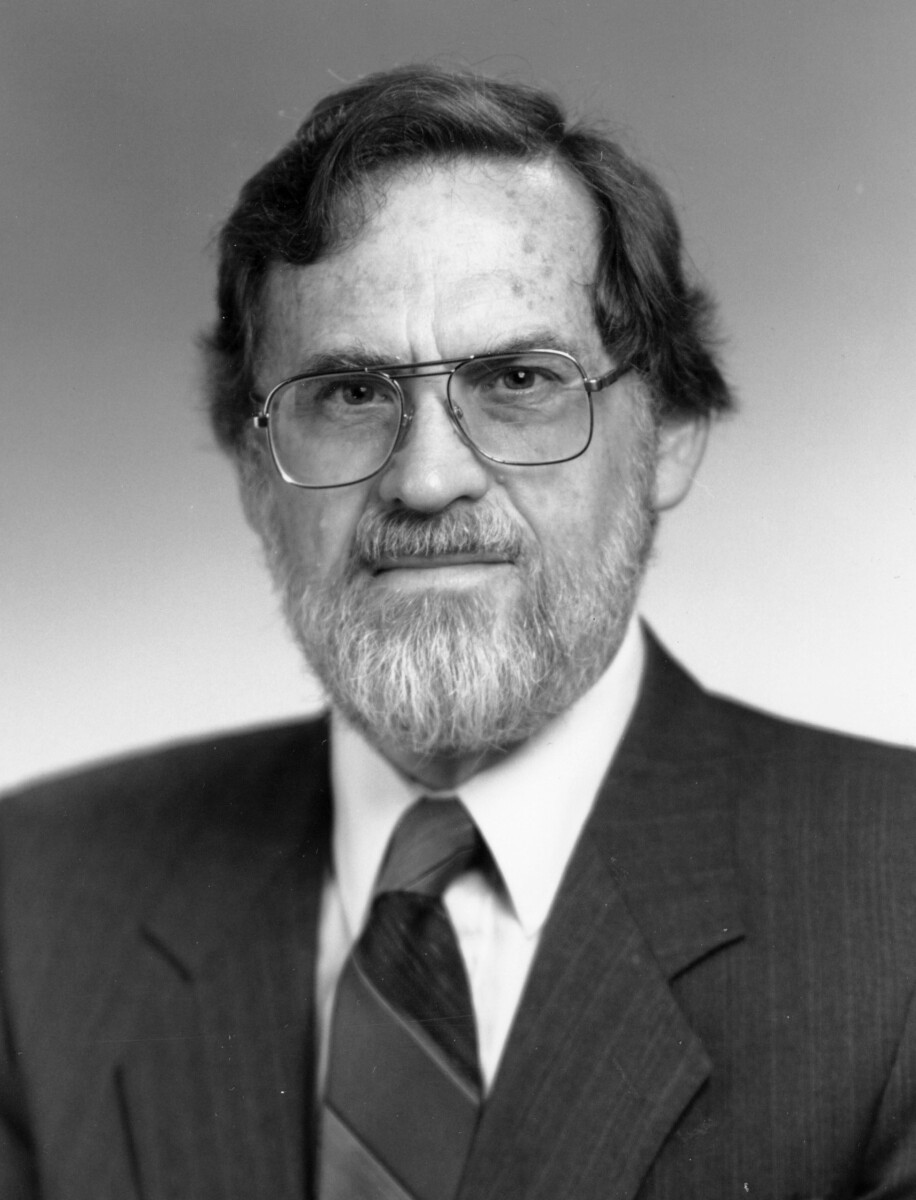
John Weymouth, emeritus professor of physics, has been selected for a national honor from the Geological Society of America recognizing his outstanding contributions to the field of archaeological geology. He has been named the 2012 recipient of the Rip Rapp Archaeological Geology Award.
The award will be celebrated during a reception 3:30 p.m. Nov. 1 on the first floor of Jorgensen Hall. Refreshments will be served. The event is open to faculty, staff and students.
Weymouth was among a small number of international and pioneering scientists with training in physics who worked to develop instruments and methods that would help archaeologists locate subsurface features at archaeological sites. Researchers continue to learn from his unparalleled body of work, which spanned four decades.
“Dr. Weymouth’s groundbreaking work paved the road for geophysical applications in archaeology,” according to the citation naming his selection for the honor. “His meticulous and prolific studies demonstrated the usefulness of these techniques for a wide range of prehistoric and historic sites and inspired others to follow in his wake.”
Much of Weymouth’s work has been in assistance to the National Park Service. He has conducted geophysical investigations on more than a dozen units of the National Park Service ranging from Fort Clatsop and Chaco Canyon to Abraham Lincoln’s Home and Hopewell Culture National Historical Park. Among other locations, he has worked at historic sites ranging from Fort William in North Dakota, Fort Atkinson in Nebraska, to Fort Davidson in Missouri and Fort Larned in Kansas. He also has worked on historic Indian village sites, pioneer farmsteads and the Rock Creek Station on the Oregon Trail.
“He served as a bridge between the geophysical community and archaeologists, establishing and encouraging connections with archaeological practitioners on a national, but also on an international, level,” his nominators wrote. “He served as both teacher and scholar in developing geophysical techniques for archaeological application, working closely with National Park Service staff, mentoring students at the University of Nebraska-Lincoln and elsewhere, and collaborating with many archaeologists and geophysicists.”